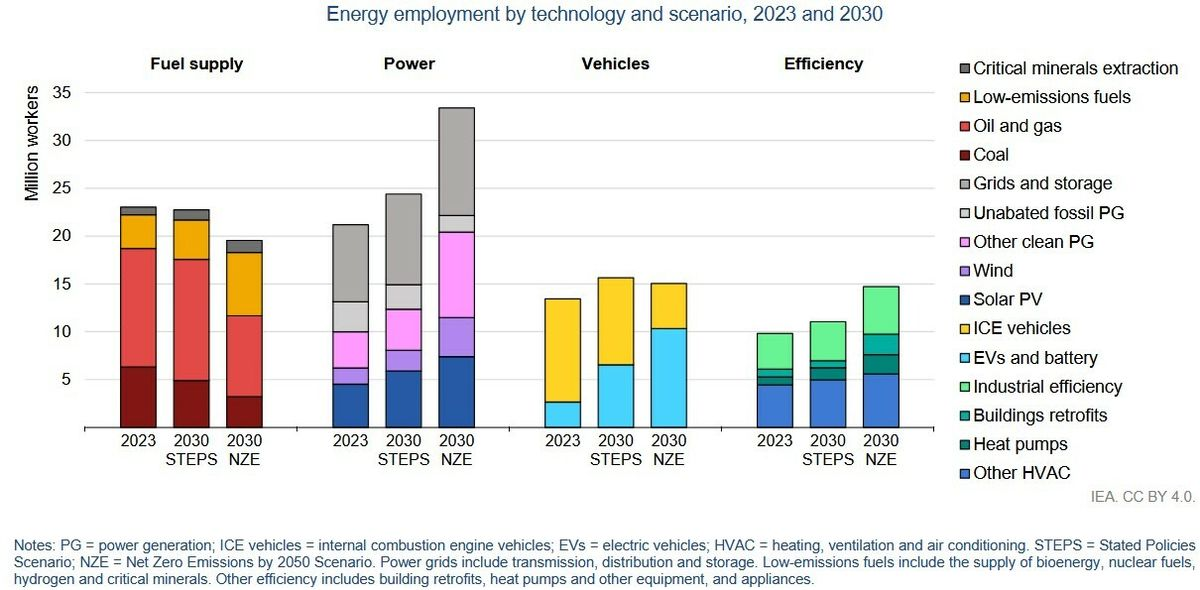Latest IEA report on global energy employment for 2024 noted that the energy sector continued to grow strongly, with the number employed in energy growing by 3.8% in 2023, far above half the economy-wide growth of 2.2%. With the accelerated global energy transition, the efficiency and energy recovery technologies will be in high demand, commercial energy recovery ventilator (erv) system in particular, impacting the job market significantly in the coming decades.
ERV (HRV) systems recover heat and humidity directly from the exhaust air and reuse them in the air being reintroduced into the building, which reduces the energy cost of the building and more efficiently maintains proper humidity and temperature levels, which in turn can help lower carbon emissions. Energy efficiency in buildings has emerged as one of the main aspects driving growth in global energy employment, the IEA says. ERV HRV HVAC systems are being used more widely to retrofit and upgrade existing commercial hvac systems. In 2023, some 9.8 million people worked in energy-efficiency-related jobs worldwide, and an expanding slice of that workforce is involved in the erv hrv installation, maintenance and optimization of erv ventilation systems.
Holtop is on track with its first Door and through wall erv technologies, which play an important part in energy conservation and emissions reduction as the world shifts toward a net-zero target by 2050. As building energy efficiency standards are becoming stricter, the demand for energy recovery solutions such as ERVs and heat recovery ventilator will increase drastically. In regions of the world such as Asia and the Middle East, where green buildings and low-carbon construction practices are becoming mainstream, the implementation of fresh air ventilation systems will not only enhance energy performance but also deliver substantial job opportunities in the building sector of those regions.
As we make this transition, ERV air exchange systems will be central to achieve reduced building energy consumption and reduced greenhouse gas emissions while also creating jobs in energy efficiency. Future developments in smart building technologies and IoT integration will also broaden the applicability of energy recovery ventilation systems, especially in terms of efficiency of operations. The increasing future demand for energy-efficient technologies and enhanced building energy standards by 2030 are expected to make more room for erv unit ones in the market, resulting in more job opportunities in the industry, thereby contributing to the upward space for global energy employment.
Global perspective, towards the net-zero of 2050, the use of ERV air exchange system will be one of the technology in the world to have energy-efficient, low-carbon buildings, manage energy sector to the future of green intelligence. Not only does heat recovery ventilation system promote energy efficiency, reduce wasted energy, and generate more jobs, it also contributes to the transition of the global energy climate while stimulating the economy.
Post time: Jan-10-2025









